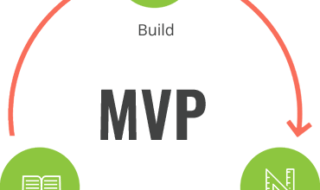One of the common reasons why insurance companies do not pay medical claims is the inability to prove medical necessity. Most payers have policies and guidelines that claimants have to follow to ensure that the codes and medical procedures the claimant receives are important for the patient to receive proper and adequate medical care.
Explore medical necessity and why it is essential in the Medical Coding process.
Contents
What is Medical Necessity?
In the United States, Medical necessity is legally defined as a policy of evidence-based clinical standards of care to justify acceptable, necessary, and/or appropriate services for the needs of the patients. For a service to be counted as a medical necessity, it has to contribute to the diagnosis and treatment of the patient. There should also be evidence that the treatment is essential for the diagnosis.
Not all procedures are medical necessities. Any avoidable and unrelated health treatments are, therefore, not a medical necessity.
Medical Necessity in Hospital Coding and Billing
Medical necessity is defined by procedures and the reasons for doing them. It is the primary responsibility of the medical coder and biller to correctly describe them in a claim by associating the appropriate codes. Simply put, the payer will only pay for operations that have been determined to be medically necessary.

To ensure that the payer will approve the claims, the medical coder has to make sure that the reason behind every medical service and procedure is sound and legitimate. Also, by the end, the process performed by the medical professional has to align with the diagnosis. For example, if the medical professional does an x-ray, they cannot diagnose the patient with the flu or a stomach ache.
Clinical Coding Tools for Better Billing
Alpha II has everything you need to help you with medical necessity. They have the Alpha II Clinical Coding Tools that help simplify and save time with the coding process, limiting errors and subjectivity. The tools can assist in both Evaluation and Management Services and the Advance Beneficiary Notice of Noncoverage Generation.
Evaluation and Management (E&M)
Alpha 11 Clinical Coding Tools augment manual E&M coding for better decision making. The tool considers the severity and status of the issue at hand, and other factors before the medical records and consultations were reviewed.
Advance Beneficiary Notice of Noncoverage (ABN) Generation
ABN Generation with Alpha II uses a simple interface and demographic information about the patient to prepare a report for the patient. The tool uses the procedures performed and the diagnosis to check medical necessities and verifying any non-covered services that the payer can finance.
Ensuring that the payer accurately reimburses the medical service provider needs accurate, efficient, and high-standard documentation. However, though there may be non-covered services that the payer may finance, not all services that the medical service provider decides as essential will be counted as necessary by the insurance company. Whatever the case, it is always important to be efficient, consistent, and justified when documenting and coding all medical procedures.



